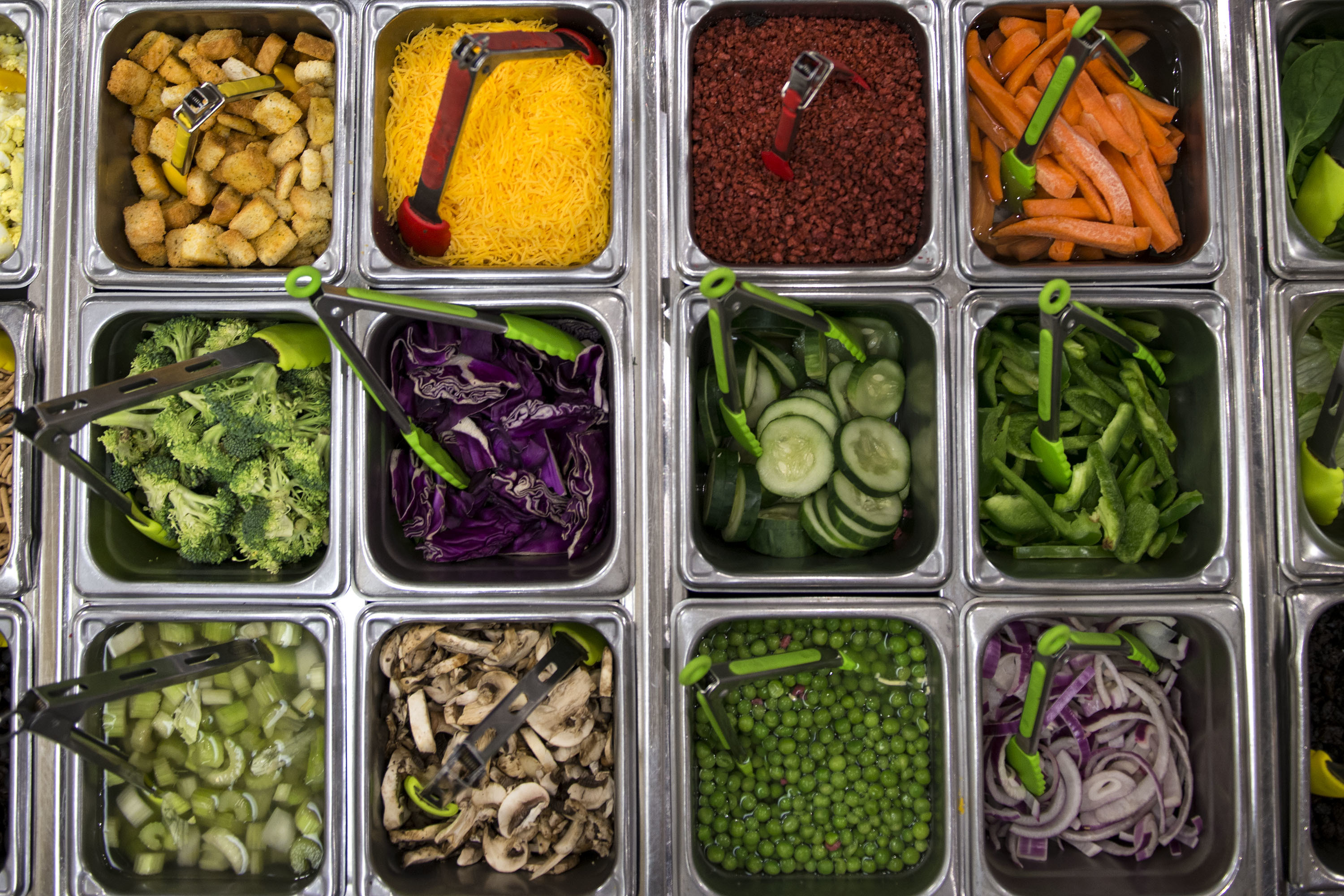
Title IV: Nutrition of Farm Bill addresses domestic food and nutrition and commodity distribution programs, including the Supplemental Nutrition Assistance Program (SNAP), the nation’s largest food and nutrition program.
SNAP offers important nutritional support for low-income families, seniors, and people with disabilities on fixed incomes. In 2016, it helped more than 44 million Americans to nutritionally supplement their diets, almost 70% of whom are in families with children.[1] SNAP provides low-income Americans with monthly benefits to purchase food at authorized retailers, from grocery stores to farmers’ markets. The 2014 Farm Bill reauthorized SNAP for five years and maintained eligibility for millions of low-income families.
In addition, the bill provides funding to launch SNAP Employment and Training Program pilot projects. The USDA can selected 10 states, California, Delaware, Georgia, Illinois, Kansas, Kentucky, Mississippi, Vermont, Virginia, and Washington, in which to implement these pilots. They are designed to increase the employment and earnings of SNAP recipients. The program is “expected to establish and evaluate a range of training and employment strategies in various geographic areas” and Title IX designated $200 million towards these efforts.[2] Despite delays in launch, the programs have received strong enrollment and are successfully training those involved. Missouri may benefit from a similar pilot of it own. The progress of these pilots as of 2017 can be monitored here.
Another important component of the Nutrition Title is the Emergency Food Assistance Program (TEFAP), which “provides USDA foods and federal support to emergency feeding organizations (e.g., food banks and food pantries).”[2] Each state receives food from TEFAP based on the number of unemployed persons and the number of people with incomes below the poverty level in the state.[3] The 2014 Farm Bill provides $250 million in additional funding for this program throughout the Bill’s lifespan.[4]
In addition, the 2014 Farm Bill includes $100 million in mandatory funding (over 10 years) for the new Food Insecurity Nutrition Incentive Program (FINI). This program provides grants to support organizations that offer bonus incentives for SNAP participants’ purchases of fruits and vegetables.[5] Participating organizations must provide a $1:$1 funding match to these purchases.
FINI programs are already underway here in St. Louis! The Double Up Food Bucks program is part of the Fair Food Network and operates in 20 states across the nation, offering dollar for dollar matching for purchases of healthy food, with limits that vary across states. Missouri and Kansas has a joint Double Up Food Bucks Heartland project seeking to bring farmers’ market and grocery stores into the FINI community. With this program, SNAP participants can receive up to $25 in matching funds spent on healthy foods per customer, per day! To find participating markets and grocers in Kansas and Missouri, check here
Various other programs encouraging nutritious consumption of food and access to nutrition for the disadvantaged are managed under this title. For a comprehensive summary, check here.
[1] Policy Basics: Introduction to the Supplemental Nutrition Assistance Program (SNAP), Center on Budget and Policy Priorities. http://www.cbpp.org/research/policy-basics-introduction-to-the-supplemental-nutrition-assistance-program-snap
[2] Agricultural Act of 2014: Highlights and Implications, USDA. http://www.ers.usda.gov/agricultural-act-of-2014-highlights-and-implications/nutrition.aspx
[3] The Emergency Food Assistance Program Fact Sheet, USDA. June 2016. https://www.fns.usda.gov/sites/default/files/tefap/pfs-tefap.pdf
[4] 2014 Farm Bill Highlights, USDA. http://www.usda.gov/documents/usda-2014-farm-bill-highlights.pdf
[5] Chite, Ralph. The 2014 Farm Bill (P.L. 113-79): Summary and Side-by-Side, Congressional Research Service. http://nationalaglawcenter.org/wp-content/uploads/2014/02/R43076.pdf
